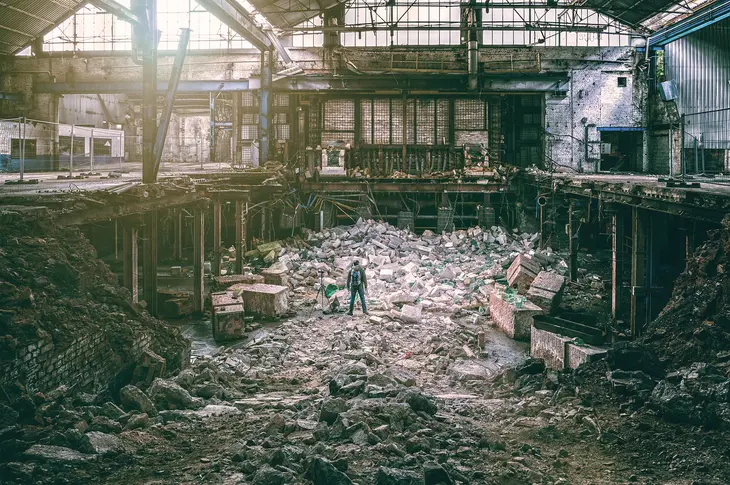
Step 21: Implementing Environmental Sustainability Initiatives
- Admin
In Step 21 of our factory-building guide, we explore the essential process of implementing environmental sustainability initiatives. As concerns about climate change and environmental degradation continue to grow, businesses are increasingly expected to operate in a manner that minimizes their impact on the planet. Implementing environmental sustainability initiatives not only helps protect the environment but also enhances your factory's reputation, reduces costs, and fosters innovation. Let's delve into why environmental sustainability is crucial and how to implement effective initiatives in your factory.
Why Environmental Sustainability is Crucial:
Environmental sustainability is about meeting the needs of the present without compromising the ability of future generations to meet their own needs. By reducing resource consumption, minimizing waste generation, and adopting eco-friendly practices, your factory can minimize its environmental footprint and contribute to a healthier planet. Additionally, embracing sustainability can improve your brand image, attract environmentally conscious customers, and drive business growth.
Implementing Effective Environmental Sustainability Initiatives:
Energy Efficiency Improvements: Identify opportunities to reduce energy consumption and improve energy efficiency within your factory. Invest in energy-efficient lighting, HVAC systems, and machinery, and implement measures such as insulation, daylighting, and automated energy management systems to optimize energy usage.
Renewable Energy Adoption: Transition to renewable energy sources such as solar, wind, or hydroelectric power to reduce reliance on fossil fuels and lower greenhouse gas emissions. Install solar panels or wind turbines on-site or purchase renewable energy credits to support clean energy production.
Waste Reduction and Recycling Programs: Implement waste reduction and recycling programs to minimize waste generation and promote resource conservation. Set up recycling stations for materials such as paper, plastics, metals, and electronics, and explore opportunities for composting organic waste.
Water Conservation Measures: Implement water-saving measures to reduce water consumption and minimize water waste in your factory. Install water-efficient fixtures, repair leaks promptly, and recycle or reuse water in production processes wherever possible.
Environmental Management Systems (EMS):
Implement an EMS: Consider implementing an environmental management system (EMS) such as ISO 14001 to formalize your environmental sustainability efforts and demonstrate your commitment to environmental stewardship. An EMS provides a framework for identifying environmental impacts, setting objectives and targets, and implementing improvement initiatives.
Monitor and Measure Environmental Performance: Track and monitor key environmental performance indicators (KPIs) such as energy consumption, water usage, waste generation, and greenhouse gas emissions. Use data and analytics to identify trends, measure progress, and identify opportunities for improvement.
Stakeholder Engagement and Reporting:
Engage Stakeholders: Engage with employees, customers, suppliers, and local communities to raise awareness of environmental sustainability issues and garner support for your initiatives. Encourage feedback, collaboration, and participation in sustainability programs and events.
Transparent Reporting: Publish annual sustainability reports or environmental impact assessments to communicate your factory's environmental performance, goals, and achievements to stakeholders. Provide transparent and credible information about your sustainability efforts to build trust and accountability.
Conclusion:
Implementing environmental sustainability initiatives is essential for ensuring the long-term success and resilience of your factory. By embracing energy efficiency, waste reduction, water conservation, and renewable energy adoption, you can minimize your environmental footprint and contribute to a more sustainable future for generations to come. Stay tuned for the next step in our guide to building your factory!
